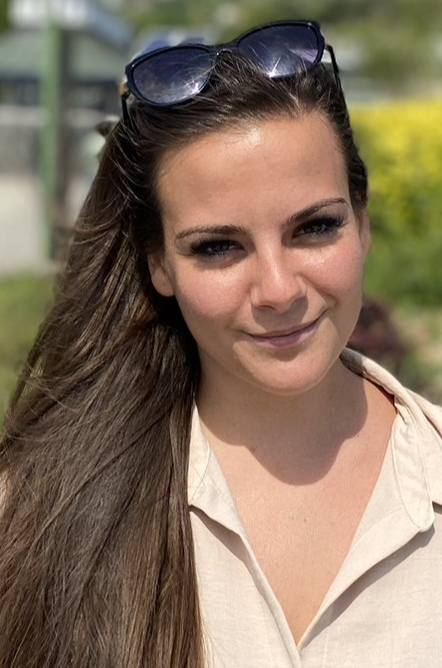Dr. Szabina Simon - MATE Research
Overview
Dr. Szabina Simon is senior lecturer at the Hungarian University of Agriculture and Life Sciences, Institute of Agronomy Department of Agronomy at Georgikon Campus.
Her research focuses on litter decomposition in the Balaton catchment area. She authored and co-authored several decomposition rate and degradation topic research articles in high-impact scientific journals. In addition, her expertise lies in the working and education of crop protection drone pilot topic. Across her work, she uses unmanned aerial vehicle (UAV). Unmanned aerial vehicles (UAVs), commonly known as drones or Unmanned Aerial Systems (UASs), have emerged as transformative tools with the potential to revolutionize crop phenotyping. UAV platforms can be equipped with imaging or non-imaging sensors to collect RGB, multispectral, hyperspectral, light detection and ranging (LiDAR), and thermal infrared signals for crop phenotyping. Some studies successfully demonstrated the high predictive performance of UAV-based phenotyping such as scouting individual plant numbers and fractional cover. Traditional methods of field crop phenotyping often involve labor-intensive and time-consuming field surveys, limiting the scale and efficiency of data collection. UAVs equipped with an array of sensors and imaging technologies can offer nondestructive, high-resolution, and rapid approaches for acquiring critical spatial and temporal information on crop characteristics, growth, and stress. The integration of UAVs into phenotyping practices holds great promise for unlocking insights into plant responses to environmental stressors, diseases, and nutrient deficiencies. Future research directions should focus on enhancing data interpretability to boost physiological understanding among multiple variables. The ABZ Drone Ltd. organizes drone pilot training twice a year in Keszthely Georgikon Campus, where she leads the practical training. During the training, students learn to spray and survey with a UAV.
Research keywords:
Publications
Simon, Sz., Simon-Gáspár, B., Anda, A. (2023): Carbon dioxide emission and its impacting factor from goldenrod (Solidago canadensis) and bulrush (Typha angustifolia) decomposition during the winter period. Ecohydrology & Hydrobiology. m3Gdc 1-9. https://doi.org/10.1016/j.ecohyd.2023.01.002
Anda, A., Simon, Sz., Simon-Gáspár, B. (2023): Impacts of wintertime meteorological variables on decomposition of Phragmites australis and Solidago canadensis in the Balaton System. Theoretical and Applied Climatology. 151 (1-2) 1963-1979. https://doi.org/10.1007/s00704-023-04370-y
Simon, Sz., Simon-Gáspár, B., Soós, G., Anda, A. (2021): Preliminary Study on Water Bodies’ Effects on the Decomposition Rate of Goldenrod Litter. Atmosphere. 12 1394. https://doi.org/10.3390/atmos12111394
Simon, Sz., Simon, B., Soós, G., Kucserka, T., Anda, A. (2020): Some preliminary investigations of water quality parameters in a Hungarian thermal lake, Hévíz. Journal of Central European Agriculture. 21 (4) 896-904. p. https://doi.org/10.5513/JCEA01/21.4.3013
Projects





